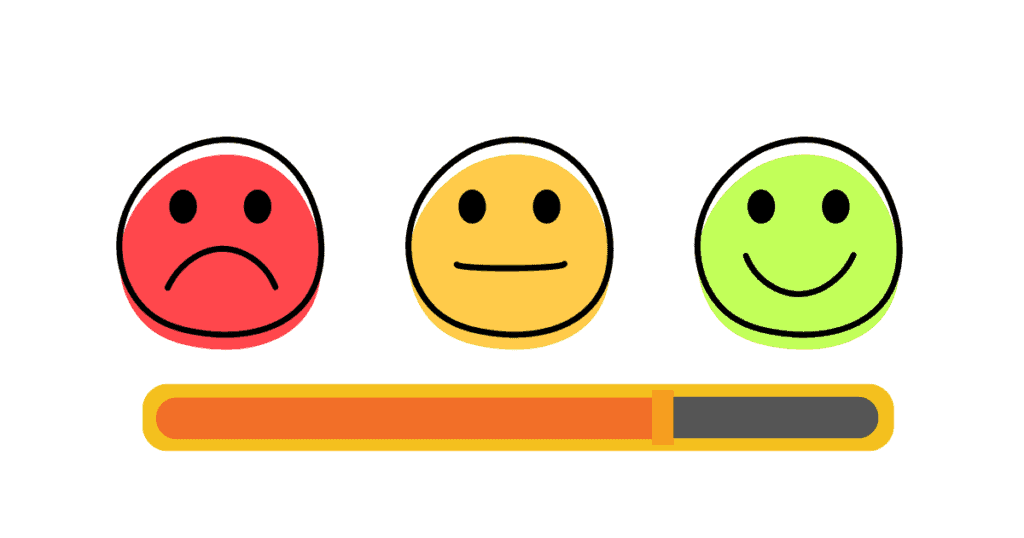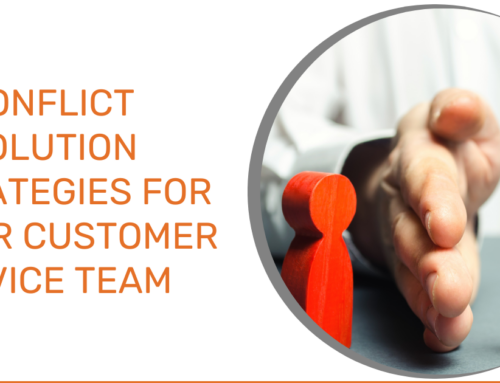When it comes to customer feedback, you’re often going to get it whether you ask for it or not. If a customer is impressed with (or disgusted by) the service at your auto dealership or repair shop, chances are they’ll let you know, tell their friends, and maybe even blast it all over social media. In this new series for auto dealerships and repair shops, we’re encouraging you to get intentional with customer feedback. Our next several articles will focus on creating a customer feedback loop in your auto dealership. Before we dig into ‘how,’ we begin today with why it’s so important.
What Is a Customer Feedback Loop?
Creating a customer feedback loop is a strategic way to get continuous feedback from customers about your product line, sales, marketing, customer service, staff, and everything else related to your auto business.
It’s strategic because you must plan how to get feedback and use it, and it is continuous because it requires ongoing work to maintain. However, as discussed below, creating a customer feedback loop is worth the effort.

A customer feedback loop can be broken into multiple stages, which include:
- Assembling: Collecting feedback and gathering input from customers.
- Analyzing: Reviewing the feedback to determine sentiment, themes, etc.
- Acting: Following up with customers and using the feedback to make changes in your business.
So why should auto dealership and repair shop owners take the time to develop and continually work on their customer feedback loop? Let’s discuss the many benefits below.
How Customer Feedback Benefits Your Auto Business
Assembling, analyzing, and acting on customer feedback is the key to growing your auto business and standing out from the competition. Here are a few ways your dealership or repair shop will benefit from creating a customer feedback loop.
1. Improve your Service
An auto dealership centered around the customer experience will quickly gain a good reputation in the community. To deliver an exceptional customer experience, you must be committed to continuous improvement. Customer feedback helps you keep your finger on the pulse of the customer and make improvements that matter to them.
2. Measure Customer Satisfaction
Are your customers satisfied with the product you offer and the service that they receive from your staff? Instead of just guessing or basing your assessment on a few random customers who spoke up, you can use customer feedback to measure customer satisfaction and the exact things customers love about doing business with you.

3. Gather Valuable Data
The customer feedback data you gather allows you to act strategically. Customer feedback may help you determine how to differentiate your dealership from the competition or inform your marketing so you can create campaigns that better resonate with customers.
4. Tell Customers They Matter
Gathering customer feedback also tells customers that their experiences and opinions matter to you. This helps you build a stronger relationship with them and generates positive feelings that can lead to loyalty and word-of-mouth marketing.
5. Promote Your Business
Customer feedback can also be used in clever ways to promote your business. You can use positive feedback as reviews on your website, marketing materials, social media pages, etc. You can also use in-depth feedback to create case studies and video testimonials.
6. Grow Trust
Asking for customer feedback after a person buys a car or gets their vehicle serviced in your shop demonstrates that the encounter was more than just ‘transactional’ to you. You build trust and relationships when you solicit feedback and then act on it.
7. Encourage Recommendations & Reviews
When you ask for customer feedback, you’re asking the customer to reflect upon their experience with your auto business. The process of reflection can help them remember the little details they might have forgotten and relive the emotions (hopefully positive!) that they felt when they did business with you. By thinking deeply about the experience and crafting the words to describe it, you make it easier for them to share the same message in recommendations and reviews.

8. Get Info About Competitors
Customer feedback can also help you gain insight into your competitors. Wouldn’t you like to know how your dealership or auto shop compares to others in the area? Questions like, “Have you visited/used other local dealerships/repair shops?” and “How do we compare to other dealerships/repair shops in the area?” can help you understand how your customers view your auto business in comparison to your competitors.
9. Generate Ideas
Customer feedback can be enlightening, offering you a new perspective you and your team might not have considered. Using customer feedback as a springboard for new ideas, you can become a trendsetter in your community and industry.
10. Track Changes
Gathering customer feedback is an ongoing effort. That means you can track sentiment over time and assess whether the changes you make in your auto business are effective. For example, let’s say you want to improve communication by adding text messaging to your auto business. By gathering customer feedback, you’ll know what people think about it and how it’s improving their experience.
The Practical Aspects of Customer Feedback

We’ve shared ten reasons why creating a customer feedback loop and prioritizing customer feedback can benefit your auto business. But chances are you want practical information too. How can you get more feedback, and how can you use customer feedback to improve your business? As we continue this series, we’ll dive deeply into the practical application of customer feedback. We’ll cover the following:
- Finding and gathering feedback from customers
- Tips for creating a customer satisfaction survey
- Customer feedback questions to ask
- Analyzing customer service feedback
- Acting on customer feedback data
Our goal in this series is to inspire you to be intentional and strategic in handling customer feedback in your auto business. We’ve got a lot to cover, and we can’t wait to explore this topic with you in future articles.



